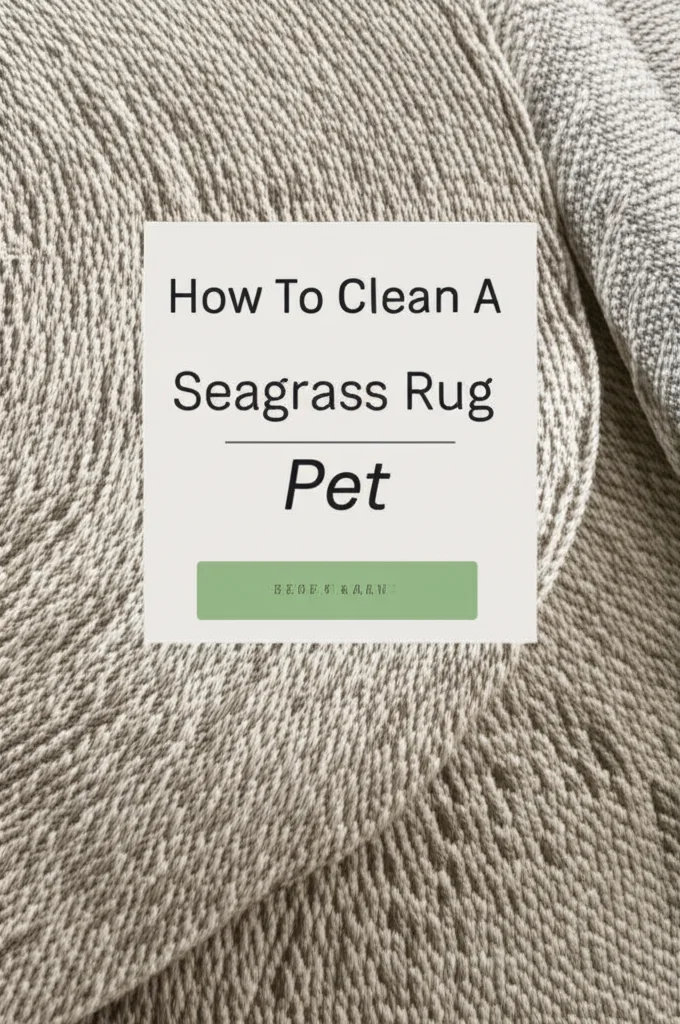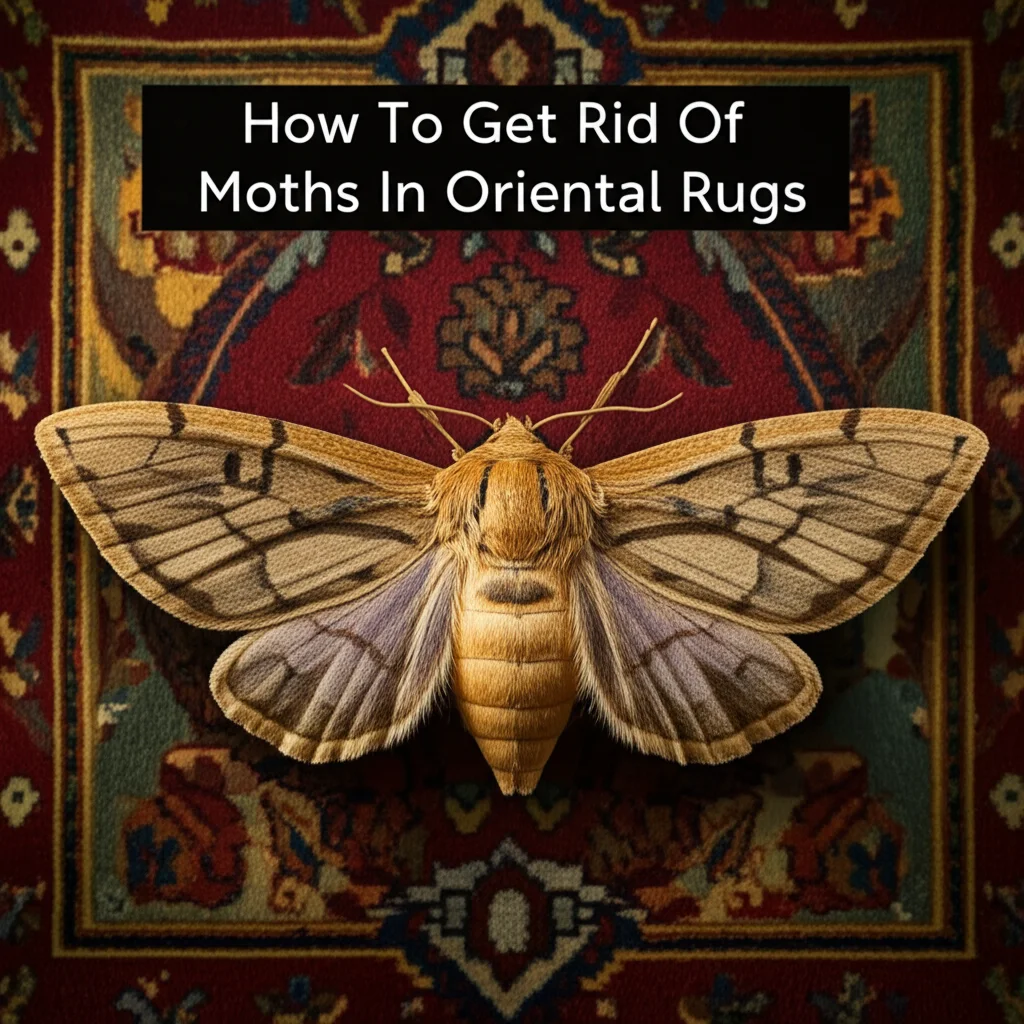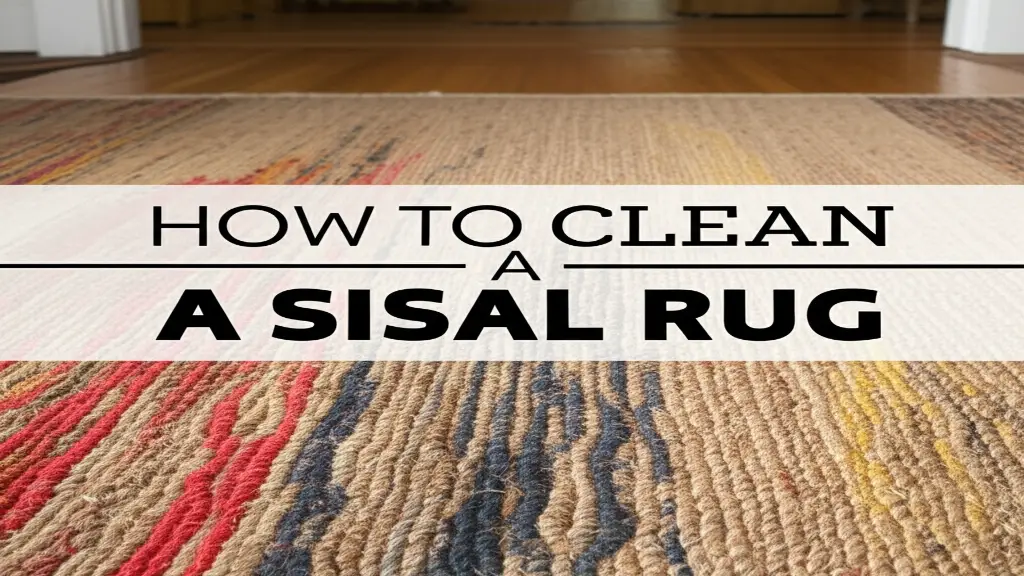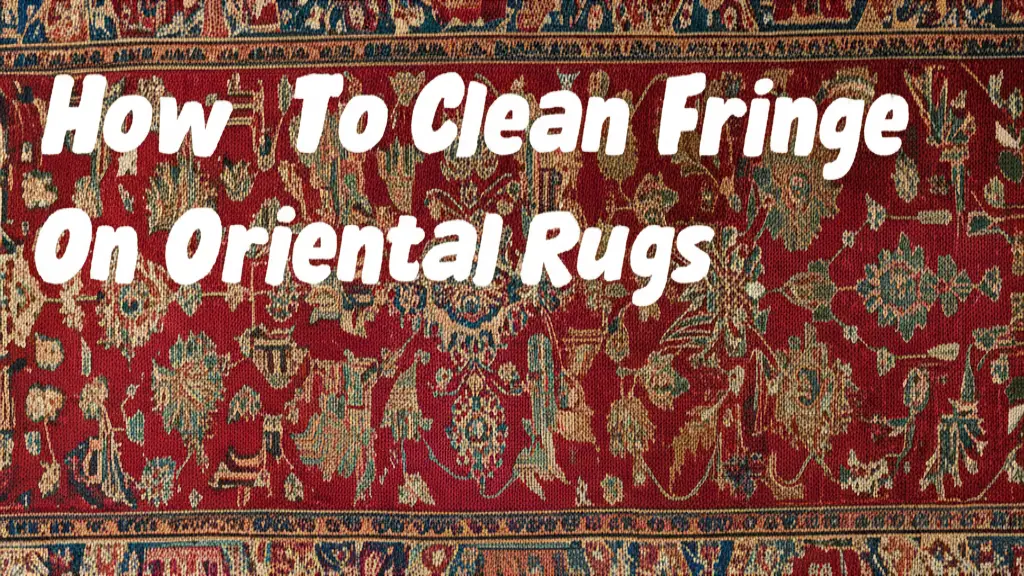· Todd Martin · Rug Cleaning · 13 min read
How To Clean A Seagrass Rug Pet Stains

Key Takeaways:
- Act quickly when pet accidents occur on seagrass rugs
- Use gentle, natural cleaning methods to preserve rug integrity
- Avoid excessive moisture which can damage seagrass fibers
- Prevention strategies can reduce future staining issues
- Regular maintenance helps extend your seagrass rug’s lifespan
Pet stains on seagrass rugs require immediate, gentle cleaning using appropriate techniques and supplies to prevent permanent damage. The natural fibers in seagrass are susceptible to water damage and staining, making proper cleaning methods essential for maintaining your rug’s appearance and integrity.
Understanding Seagrass Rugs and Their Challenges
Seagrass rugs have become increasingly popular in modern home décor due to their natural aesthetic, durability, and eco-friendly properties. These rugs are crafted from dried seagrass plants, a renewable resource that grows in saltwater marshes. Their tight weave and natural texture create a beautiful addition to many homes, but this same natural construction presents unique challenges when dealing with pet accidents.
Unlike synthetic rugs, seagrass contains natural fibers that are more absorbent and prone to water damage, staining, and mold growth if not properly maintained. The non-porous outer layer offers some protection, but once liquid penetrates this barrier, the inner fibers can quickly absorb moisture and odors. This makes cleaning pet accidents on seagrass rugs particularly challenging but not impossible with the right approach.
Pet owners appreciate seagrass rugs for their durability and natural resistance to some types of wear, but when accidents happen—as they inevitably do with pets—knowing the proper cleaning techniques becomes essential. Understanding the unique properties of seagrass helps inform better cleaning decisions to preserve your rug’s appearance and extend its lifespan, even in a pet-friendly household.
Immediate Response: First Steps for Fresh Pet Stains
When your pet has an accident on your seagrass rug, time is of the essence. The quicker you respond, the better chance you have of preventing permanent damage and staining. Here’s what to do immediately:
Blot, don’t rub: Use clean, white paper towels or absorbent cloths to blot up as much liquid as possible. Press firmly down on the stain, allowing the towels to absorb the moisture. Avoid rubbing, which can push the stain deeper into the fibers.
Create an absorbent layer: For urine stains, after initial blotting, place several layers of paper towels on the spot, followed by a layer of newspaper. Stand on this for about a minute, allowing the pressure to draw out more moisture from deeper within the rug.
Address solid waste carefully: For solid pet waste, use gloves and a plastic bag to remove as much as possible without pushing it into the fibers. Once removed, follow the same blotting technique to absorb remaining moisture.
Begin preliminary odor control: Sprinkle baking soda lightly over the area after blotting to begin absorbing odors while you prepare for a more thorough cleaning.
Acting quickly with these first response measures can significantly improve your chances of successfully removing pet stains from your seagrass rug. The goal at this stage is to remove as much of the problematic substance as possible before it has time to set into the fibers and cause permanent damage or lingering odors.
Natural Cleaning Solutions for Seagrass Rugs
When it comes to cleaning pet stains from seagrass rugs, natural solutions often work best as they’re gentle on the natural fibers while still being effective at removing stains and odors. These home remedies are typically safer than harsh chemicals that might damage your rug’s integrity.
White Vinegar Solution
Create an effective cleaning solution by mixing equal parts white vinegar and cool water in a spray bottle. This mixture helps neutralize odors and break down stains:
- Lightly mist (don’t soak) the affected area
- Allow to sit for 5-10 minutes
- Blot with clean, dry towels
- Let air dry completely
The acidity in vinegar helps neutralize the ammonia in pet urine and works as a natural disinfectant. The vinegar smell will dissipate as it dries, taking the pet odors with it.
Baking Soda Method
For deeper odor removal and absorption of lingering moisture:
- Ensure the area is as dry as possible from previous blotting
- Generously sprinkle baking soda over the stained area
- Work it gently into the fibers with a soft brush
- Let sit overnight or at least 8 hours
- Vacuum thoroughly using a brush attachment
Baking soda is particularly effective for neutralizing acidic odors from pet urine and absorbing remaining moisture from the fibers.
Hydrogen Peroxide Solution (Spot Test First)
For stubborn stains that need additional treatment:
- Mix 3% hydrogen peroxide with a small amount of dish soap
- Spot test in an inconspicuous area first
- Apply a small amount to the stain using a clean cloth
- Blot immediately, don’t let it soak
- Rinse by blotting with clean water
- Dry thoroughly
Always remember that the key with cleaning seagrass is using as little moisture as possible while still effectively treating the stain. These natural solutions provide effective cleaning power without compromising your rug’s structural integrity or introducing harmful chemicals into your home environment.
Tackling Specific Types of Pet Stains on Seagrass
Different types of pet accidents require slightly different approaches to achieve the best cleaning results on your seagrass rug. Here’s how to address specific types of pet stains effectively:
Urine Stains and Odor Removal
Pet urine can be particularly problematic on seagrass due to its penetrating nature and strong odor:
- After initial blotting, mix one part white vinegar with one part water
- Add a teaspoon of mild dish soap to the solution
- Apply sparingly using a clean cloth, working from the outside of the stain inward
- Allow to sit for 5-10 minutes
- Blot with clean, dry cloths until no moisture remains
- Once dry, apply enzymatic pet odor neutralizer specifically formulated for natural fibers
For older, set-in urine stains, you may need to repeat this process several times, allowing the rug to dry completely between treatments.
Solid Waste and Vomit Cleanup
These more substantial messes require careful handling:
- Remove solid matter using gloves and plastic bag or paper towels
- Clean any remaining residue with a mixture of mild soap and cool water
- Apply using a barely damp cloth, being careful not to saturate the fibers
- Blot with clean water to remove soap residue
- Apply baking soda to absorb moisture and odors
- Vacuum once completely dry
Hairball and Regurgitation Stains
These acidic stains can be particularly damaging to natural fibers:
- Remove solid material immediately
- Neutralize acid with a solution of 1 teaspoon baking soda dissolved in 1 cup cool water
- Apply sparingly to affected area
- Blot thoroughly to remove moisture
- Follow with regular cleaning methods
Remember that with any cleaning method for seagrass rugs, the goal is always to use minimal moisture and thorough drying to prevent water damage, mold, or mildew growth. Always test any solution on an inconspicuous area first to ensure it won’t damage or discolor your particular rug.
Professional Cleaning Options for Stubborn Pet Stains
When home remedies fall short or you’re dealing with particularly stubborn or extensive pet stains on your seagrass rug, professional cleaning services may be your best option. Here’s what to know about seeking professional help:
Dry Cleaning Methods
Professional dry cleaning is often the safest option for seagrass rugs. Look for services that specialize in natural fiber rugs and use:
- HOST Dry Carpet Cleaner or similar powder-based systems
- Low-moisture foam cleaning
- Specialized natural fiber cleaning techniques
These methods use minimal moisture while effectively lifting dirt and stains from the fibers. Professional cleaners have access to commercial-grade equipment and solutions specifically designed for natural materials.
Finding the Right Professional
Not all carpet cleaning services are experienced with natural fiber rugs. When seeking professional help:
- Ask specifically about their experience with seagrass, sisal, and other natural fiber rugs
- Inquire about their pet stain removal techniques for these materials
- Request references from other clients with similar rugs
- Ensure they understand the unique properties of seagrass
A knowledgeable professional will inspect your rug first and discuss realistic expectations for stain removal on this challenging material.
DIY Professional-Grade Options
If you prefer to handle cleaning yourself but want professional-grade results:
- Rent a commercial dry cleaning machine designed for natural fibers
- Purchase a sisal carpet cleaning kit which often works well on seagrass
- Use specialized natural fiber cleaners available from flooring stores
While professional cleaning services may be more expensive than DIY methods, they can often restore severely stained seagrass rugs that seem beyond repair. For valuable or large rugs, this investment can extend the life of your floor covering significantly and save you from premature replacement costs.
Prevention Strategies for Pet Owners with Seagrass Rugs
The best way to deal with pet stains on seagrass rugs is to prevent them from happening in the first place. While accidents will occasionally occur, these preventative measures can significantly reduce their frequency and impact:
Training and Pet Management
The foundation of prevention starts with your pet:
- Ensure pets are properly house-trained and have regular outdoor access
- For older pets or those with incontinence issues, consider doggy diapers or belly bands
- Place litter boxes in easily accessible locations for cats, away from rugs
- Reward pets for appropriate elimination behaviors
Physical Barriers and Protection
Create safeguards to protect your seagrass rugs:
- Apply a natural fiber-safe rug protector spray (test in an inconspicuous area first)
- Place waterproof mats or smaller, washable rugs over frequently trafficked areas
- Consider temporary barriers during initial training periods or when introducing new pets
- Use rug pads underneath that can block moisture penetration to your flooring
Quick Response Kit
Prepare a pet accident cleaning kit to keep nearby:
- Absorbent paper towels or cloths
- Gentle cleaning solution in a spray bottle
- Baking soda
- Plastic gloves
- Pet-safe enzymatic cleaner
Having these supplies readily available allows for immediate response when accidents occur, significantly improving your chances of preventing permanent damage.
Regular Maintenance
Even without visible stains, regular maintenance helps prevent odor buildup:
- Vacuum seagrass rugs regularly to remove pet hair and dander
- Periodically apply baking soda, let sit overnight, and vacuum
- Air rugs outside on sunny, breezy days when possible
- Rotate rugs to distribute wear patterns
By implementing these prevention strategies, you can enjoy both your beloved pets and beautiful seagrass rugs without constant worry about damage from accidents. A proactive approach significantly reduces cleaning challenges and extends the life of your natural fiber rugs.
Maintaining Seagrass Rugs in Pet-Friendly Homes
Living with pets doesn’t mean you can’t enjoy beautiful seagrass rugs, but it does require consistent maintenance practices to keep them looking their best. Here’s how to maintain your seagrass rugs in a home with furry friends:
Regular Cleaning Routine
Establish a consistent cleaning schedule to prevent buildup of pet hair, dander, and dirt:
- Vacuum at least twice weekly using a brush attachment or suction-only setting
- Avoid beater bars or rotating brushes that can damage seagrass fibers
- Periodically flip and rotate rugs to ensure even wear
- Shake smaller rugs outside to remove loose debris and pet hair
Spot Cleaning Protocol
Address minor pet-related spots before they become set-in stains:
- Keep pet wipes near high-traffic areas for quick cleanup of muddy paws
- Blot any fresh spots immediately with clean absorbent cloths
- Follow up with appropriate cleaning method based on the type of spot
- Always dry thoroughly after any spot treatment
Humidity and Environmental Controls
Seagrass rugs are sensitive to environmental conditions, especially in homes with pets:
- Maintain moderate humidity levels (40-60%) to prevent mold growth
- Use dehumidifiers in damp areas where pets frequently rest
- Ensure good air circulation around rugs, especially after cleaning
- Consider professional cleaning for jute and seagrass rugs annually
Special Considerations for Multi-Pet Households
Homes with multiple pets face additional maintenance challenges:
- Designate specific “pet-free” areas where possible
- Consider using washable throw rugs over seagrass in high-traffic pet areas
- Schedule more frequent cleaning and maintenance
- Monitor for competition marking behaviors that might target rugs
Regular maintenance not only keeps your seagrass rugs looking attractive but also extends their usable life significantly. With consistent care, these natural fiber rugs can remain beautiful focal points in your home despite the challenges that come with pet ownership. The key is establishing routines that address small issues before they become major problems.
FAQ: Common Questions About Seagrass Rugs and Pet Stains
How do you clean dog poop off a seagrass rug?
Remove solid waste using gloves and dispose of it properly. Blot any residual moisture with paper towels, then clean the area with a mixture of mild dish soap and cool water applied with a barely damp cloth. Blot dry thoroughly, then apply baking soda overnight to absorb odors. Vacuum completely when dry. For persistent odors, use an enzymatic cleaner designed for natural fibers.
How do you get pet urine out of a seagrass rug?
Blot up as much fresh urine as possible immediately. Create a solution of equal parts white vinegar and water with a drop of dish soap. Apply sparingly to the affected area, blot thoroughly, and allow to dry completely. Follow with baking soda overnight to absorb remaining odors, then vacuum. For set-in urine stains, you may need specialized enzymatic cleaners designed for natural fibers.
How do you spot clean a seagrass rug?
Spot clean seagrass by first removing any solid debris. Create a cleaning solution with mild soap and water, applying it with a clean cloth using minimal moisture. Work from the outside of the stain inward to prevent spreading. Blot thoroughly with clean water to remove soap residue, then with dry towels to remove moisture. Allow to dry completely before using the rug again.
How do you clean pet urine out of a jute rug?
Though jute and seagrass are different materials, cleaning methods are similar. Blot fresh urine immediately, then treat with a vinegar-water solution. Blot dry and apply baking soda to absorb odors. For jute-specific cleaning methods, focus on using even less moisture than with seagrass, as jute is exceptionally absorbent and prone to water damage.
Can seagrass rugs be steam cleaned?
No, steam cleaning is not recommended for seagrass rugs. The high moisture content and heat can damage the natural fibers, cause shrinkage, color changes, and potentially lead to mold or mildew growth. Always opt for dry cleaning methods or very low-moisture cleaning techniques specifically designed for natural fiber rugs.
Are there any commercial cleaners safe for seagrass rugs with pets?
Yes, look for enzymatic cleaners specifically formulated for natural fibers. Products like Earthworm Carpet & Upholstery Cleaner, Biokleen Bac-Out, and certain HOST Dry Carpet Cleaner products are generally considered safe. Always test any product in an inconspicuous area first and use sparingly to avoid excessive moisture.
How often should I clean my seagrass rug if I have pets?
Vacuum seagrass rugs 1-2 times weekly to remove pet hair and dander. Spot clean accidents immediately as they occur. Apply baking soda treatments monthly to control odors. Consider a professional cleaning annually or semi-annually depending on the number of pets and traffic in your home.
Final Thoughts: Living Harmoniously with Pets and Seagrass Rugs
Living with both pets and seagrass rugs doesn’t have to be a constant battle. With the right knowledge, tools, and quick response to accidents, you can maintain beautiful natural fiber rugs while sharing your home with furry companions. The key to success lies in preparation, prevention, and prompt attention to any pet stains that do occur.
Remember that seagrass rugs, while durable in many ways, require special care due to their natural fiber construction. By understanding their unique properties and cleaning needs, you can extend their lifespan significantly, even in pet-friendly environments. The natural, textured appearance of seagrass adds warmth and style to your home, making the extra care worthwhile for many pet owners.
For persistent or severe staining issues, don’t hesitate to consult with professional rug cleaning services that specialize in natural fibers. Their expertise can often restore rugs that seem beyond saving and provide valuable advice for ongoing maintenance in your specific situation.
With the techniques outlined in this guide, you can enjoy the best of both worlds—the natural beauty of seagrass rugs and the loving companionship of your pets—without compromise. A little knowledge and prompt action make all the difference in maintaining seagrass rugs that remain beautiful for years to come.





